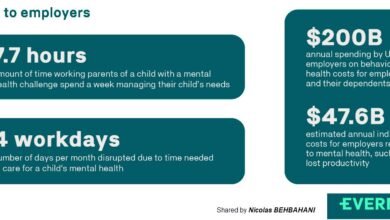
By | David Klaasen | Helping You Create Clarity, Inspire Your People & Drive Performance | Retain your best people | Changing Management Mindsets and Behaviour | Practical Behaviour Analytics
Becoming convinced is not only a matter of getting information through a particular sensory channel, it is also about the quantity and quality of that information. We all need just the right amount of information to become convinced. But what is just the right amount?
This reminds me of the classic Woody Allen film ‘Annie Hall’ where there is a split screen and on one side Alvy Singer is talking to his psychiatrist. Alvy’s therapist asks him, “How often do you sleep together?” Alvy replies, “Hardly ever, maybe three times a week.” On the other side, Annie Hall talks to her therapist and he asks her, “Do you have sex often? Annie replies, “Constantly. I’d say three times a week.”
Annie and Alvy obviously had very different ways of seeing things and different criteria for judging what was enough. However, it is not only about the number of examples. There are basically are four ‘modes’ of becoming convinced and they are distinguished below.
1. Number Of Examples
For some people it is simply a number of examples. They will need to be given the information via their preferred channel (seeing, hearing, feeling or reading) a very specific number of times. In the world of training and development I learned a while ago that you need to give a particular message seven times in seven different ways in order to make sure that most people will ‘get it’. The norm for most people is 2 or 3 times, but you can never take this for granted. If you want to convince them you will need to be more specific and find their ‘magic’ number.
When checking this particular pattern with people, it is important to use the question mentioned above to identify their preferred ‘channel’ for receiving information and then to ask “How many times do you need to (see, hear, read, do) that to become really convinced that someone is good at their job?” It’s useful to put particular emphasis on the “really convinced” bit so they have to consider it quite specifically.






